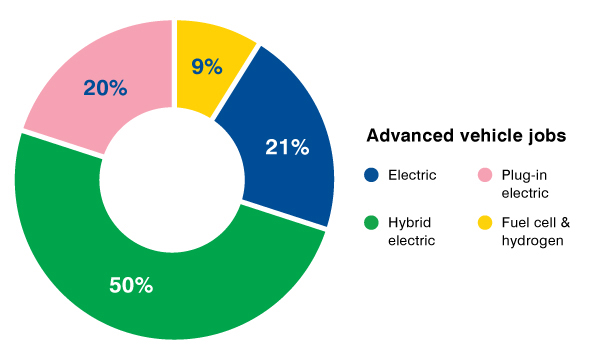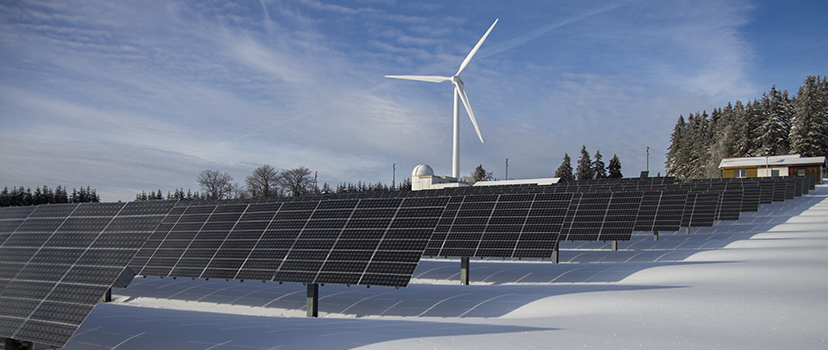In spite of shifting energy policy, the clean energy economy remains a big source of jobs estimated at 4 million positions with wind and solar jobs where are outpacing those in coal.
While changes to federal, state, and local incentives and policies have sparked uncertainty, the job market is still set to grow as businesses and the local governments will build demand.
What’s driving clean energy job growth
The clean energy workforce has skyrocketed in recent years, and it is consequent from dropping technology costs, having more demand for clean energy and efficiency technology, and offering supportive policies and investments.
The growth of opportunities have been shown by a wide range of well-paying jobs, including installing solar panels, auditing energy efficiency, developing electric vehicles and more.
Most promising clean energy job sectors
In this changing energy economy, we see clean energy jobs in every state, in four main sectors:
1:- Renewable Energy
The renewable energy sector employs 777,000 people, roughly the same as the U.S. telecommunications industry. Bioenergy – which comes from organic material – remains the largest employer, while the solar industry is second.
The most rapid renewable energy job growth has come from the solar and wind sectors, which has arisen by 24.5 percent and 16 percent, respectively, from 2016 to 2017. Solar and wind energy jobs outnumber coal and gas jobs in 30 states, including the District of Columbia. Being declined, the coal industry now employs 160,000 workers, which is less than a quarter as many Americans as the renewable energy industry.
2:- Energy storage and advanced grid
Energy storage systems help ensure that we get the energy we need when we want it, and make it easier to use renewable energy in our homes and on the power grid by balancing out the effects of a cloud moving over a solar panel or the wind dying down.
In 2016, energy storage jobs surged 235 percent from the previous year to reach 90,800 jobs. Meanwhile, efforts to create a more modern power grid have created more than 55,000 jobs.
3:- Energy efficiency
Centerbridge Partners L.P., a private investment firm, hired EDF Climate Corps fellow Astha Ummat to reduce operating expenses by finding ways to conserve energy.
Energy efficiency jobs make up most of the U.S. clean energy workforce – at least 2.2 million workers. They cover a range of work across industries which are mostly construction jobs and installing energy-efficient equipment vendors.
Even in states with major fossil fuel industries, energy efficiency employment completes oil, gas, and coal. Kentucky, for example, has an estimated 24,000 workers in energy efficiency, compared with about 12,200 in coal.
4:- Advanced vehicles and transportation
This sector employs 174,000 Americans who develop and make electric vehicles, including electrical and mechanical engineers and assembly line workers.
U.S. automakers are making commitments to invest more. For example, in early 2018 Ford released plans to invest $11 billion over the next five years and offer 40 different hybrid and fully electric vehicles by 2022.
Policy is uncertain, but gains are holding
In the outlook for some sectors, particularly solar has started to show the effects of an increasingly uncertain policy environment, such as slower growth. But we’re still seeing strong support for the clean energy economy. A wave of investments and commitments from governments, nonprofits and businesses have fueled progress, which boosted local economies and supported millions of jobs.
New technology is gaining momentum as solutions for today’s energy problems, and innovative collaborations between the private and public sectors are demonstrating the demand for a clean energy future. The main idea still points to more well-paying and local jobs to come.







